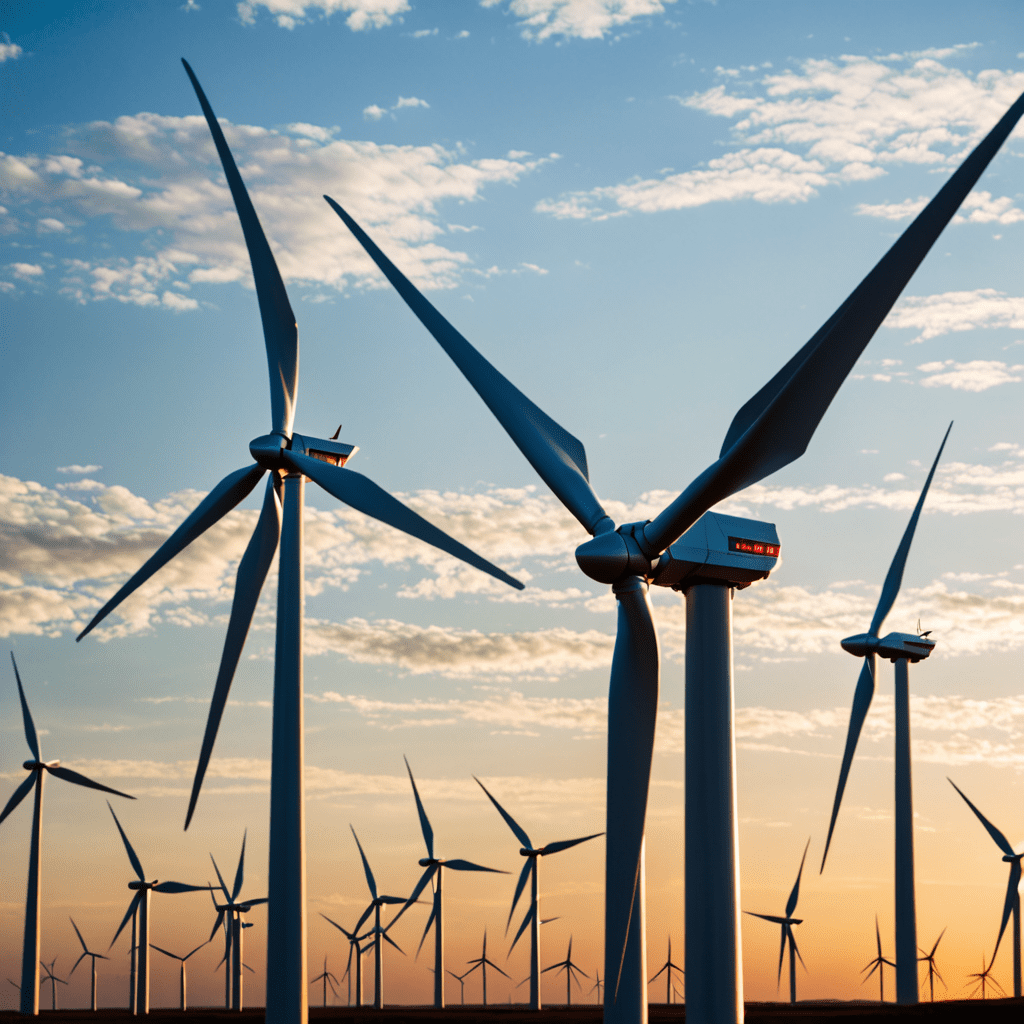
Wind Energy and Shadow Flicker Mitigation Measures
Wind energy is a sustainable source of power that has gained popularity in recent years. However, one challenge associated with wind turbines is the phenomenon of shadow flicker. In this article, we will explore what shadow flicker is and discuss effective mitigation measures to address this issue.
Understanding Shadow Flicker
Shadow flicker occurs when the rotating blades of a wind turbine cast moving shadows on nearby structures or land. This continuous flickering effect can be bothersome to residents living in the vicinity of wind farms, leading to concerns about potential health effects and decreased property values.
Factors Influencing Shadow Flicker
Several factors can influence the intensity and duration of shadow flicker, including the position of the sun, the speed and direction of the wind, the proximity of homes or buildings to the turbines, and the number of turbines in a wind farm.
Shadow Flicker Mitigation Measures
To minimize the impact of shadow flicker, wind energy developers and operators employ various mitigation measures. Some common strategies include:
1. Setback Requirements
Establishing setback requirements that determine the minimum distance between wind turbines and residential areas can help reduce the occurrence of shadow flicker.
2. Shadow Flicker Modeling
Using specialized software to model and predict the shadows cast by wind turbines enables developers to assess potential shadow flicker impact and adjust turbine placement accordingly.
3. Turbine Shut-Off Systems
Implementing turbine shut-off systems that temporarily halt turbine operation during periods of significant shadow flicker can help alleviate the problem.
4. Vegetative Screening
Planting trees or installing vegetation barriers strategically around wind turbines can help block or diffuse the shadows, minimizing the impact of shadow flicker on nearby properties.
5. Blade Design and Orientation
Optimizing blade design and orientation to minimize shadow casting can be an effective way to reduce shadow flicker.
Conclusion
By implementing these shadow flicker mitigation measures, the wind energy industry can continue to harness the power of wind while addressing the concerns of local communities. With careful planning and proactive strategies, the impact of shadow flicker can be effectively managed, ensuring the sustainable growth of wind energy projects.
FAQ: Wind Energy and Shadow Flicker Mitigation Measures
What is Wind Energy?
Wind energy is a renewable energy source harnessed from the wind using wind turbines to generate electricity. This sustainable form of energy production has minimal environmental impact and helps reduce reliance on fossil fuels.
What is Shadow Flicker in the Context of Wind Energy?
Shadow flicker refers to the rhythmic shadow patterns that moving wind turbine blades cast on nearby structures or land. This phenomenon can cause visual disturbance and potential annoyance to individuals living in close proximity to wind farms.
How Can Shadow Flicker be Mitigated in Wind Energy Projects?
Shadow flicker in wind energy projects can be mitigated through various measures such as adjusting turbine positioning, applying shadow flicker software to predict and minimize impact, implementing vegetation buffers, installing blinds or curtains, and engaging with the affected community to find mutually beneficial solutions.

